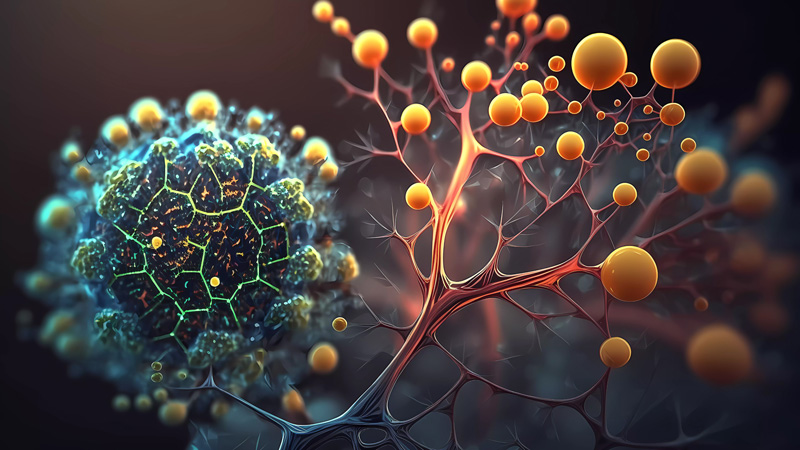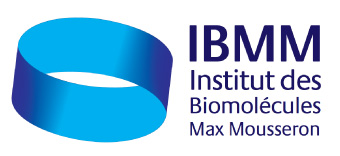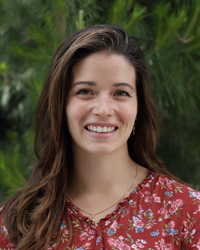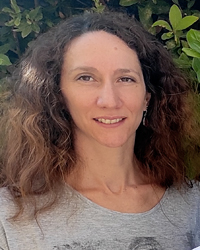The Glycochemistry & Molecular Recognition team focuses on the design and synthesis of multifunctional systems for the recognition, inhibition and delivery of biomolecules of interest. The approaches developed involve various recognition motifs (sugars, heterocycles, modified peptides), nano-platforms (cyclopeptides, calixarenes, aromatics) as well as bioconjugation processes, (bio)orthogonal ligations (ex situ and in situ) and dynamic supramolecular and covalent self-assembly. The projects focus on: 1) the recognition and identification of biological targets by chemical probes via chemical biology methods, 2) the inhibition of glycosidases, glycosyltransferases and epigenetic targets (DNMT, HDAC, HMT), and 3) the delivery of nucleic acids for applications in oncology and gene therapy.

Our Themes
Dynamic Covalent Vectors of Nucleic Acids
The delivery of therapeutic nucleic acids such as siRNA and mRNA requires the development of effective supramolecular vectors that 1) generate stable nucleic acid complexes, 2) protect the nucleic acids from enzymatic degradation, 3) promote cell uptake, and 4) actively release the therapeutic cargo inside cells. We believe that dynamic covalent chemistry is a very promising strategy to generate smart vectors that self-assemble in an adaptive manner and finally degrade in a chemically-controlled fashion in order to release the free drugs (Acc. Chem. Res., 2019, 52, 2, 510-519). Toward this grand challenge, we have already achieved key steps, reporting on the design of pH-sensitive dynamic covalent polymers (Chem. Eur. J., 2014, 20 (45), 14705-14714), their nucleic-acid templated self-assembly (ChemBioChem, 2023, 24, 19, e202300333; Chem. Eur. J., 2023, 29, 7, e202202921), and their capacity to deliver siRNA in live cells (J. Mater. Chem. B., 2018, 7239-7246), also with cell-targeting properties (Angew. Chem. Int. Ed., 2021, 60, 11, 5783-5787).
Self-Assembly of Biomolecular Architectures
Supramolecular and dynamic covalent self-assembly processes can be exploited as synthetic tools to generate complex architectures that form through self-correction while also displaying adaptive and responsive features. Looking beyond rigid and pre-organized building blocks, our main objective is to integrate biomolecules in order to generate functional systems that can be interfaced with living processes and considered for future biomedical applications. We have hitherto discovered i) supramolecular processes leading to the dynamic self-assembly of small molecules onto nucleic acid templates (for a review, see ChemistryOpen, 2020, 9, 480-498; for research articles, see Eur. J. Org. Chem., 2021, 7, 1123-1135; Chirality, 2018, 30 (6), 719-729; Chem. Eur. J., 2018, 24 (3), 706-714; Chem. Commun., 2014, 50, 14257-14260), and ii) a hierarchical dynamic covalent self-assembly involving the combination of multiple reversible covalent reactions occurring in one-pot and leading to the formation of peptide-based cages (Chem. Eur. J., 2017, 23, 18010-18018) and dynamic materials (Biomacromolecules, 2022, 23, 1, 431-442). Applications are pursued in the area of photodynamic therapy with proof-of-concepts on dual anti-cancer therapy (Int. J. Pharm., 2019, 569, 118585) and anti-bacterial treatments.
Multivalent sugars and iminosugars
Synthesis of multivalent sugars and iminosugars by “click” reactions without metal catalysts, in particular the photoinitiated radical addition of thiols to alkenes (thiol-ene coupling, TEC) and alkynes (thiol-yne coupling, TEC), as well as the SuFEx (sulfurVI fluoride exchange) conjugation. Non-natural multivalent architectures having a wide range of valences and three-dimensional arrangements are necessary to study or inhibit the recognition of sugars by lectins (proteins of non-immune origin lacking enzymatic activity) and for the inhibition of glycosidase and glycosyltransferase enzymes.
Epigenetic mechanism targeting
Epigenetic mechanisms include chromatin chemical modifications and are implicated in the control of gene expression. Epigenetic chemical modifications are catalysed by epigenetic enzymes that can be deregulated in diverse pathological contexts. Our research in this field consist in the use of innovative strategies, including multivalent, bifunctional, or caged epigenetic inhibitors as well as PROTAC, to target epigenetic. These projects lead us the identification of epigenetic inhibitors of therapeutic interest as anticancer or anti-infectious compounds. Through these projects, we collaborate with biologists and clinicians in order to evaluate our compounds in relevant in vitro and in vivo models.
Chemical tools for understanding biological mechanisms (chemical biology)
Chemical biology can be defined as the use of chemical tools to better understand biological processes. In this context, we develop affinity probes containing (or not) a photo-crosslinking agent in order to decipher biological mechanisms. We design and synthesize relevant chemical affinity probes and use them in cells to identify target of interest. For instance, using this strategy we were able to identify GRP94 as a target of adenosine-cytosine bisubstrate analogues. We also identified a new DNMT protein network in cancer cells, which can lead to the identification of unexplored therapeutic targets. These chemical biology approaches can have a strong impact since it enables to better understand biological processes directly in living cells and can be applied to any ligand of interest.













